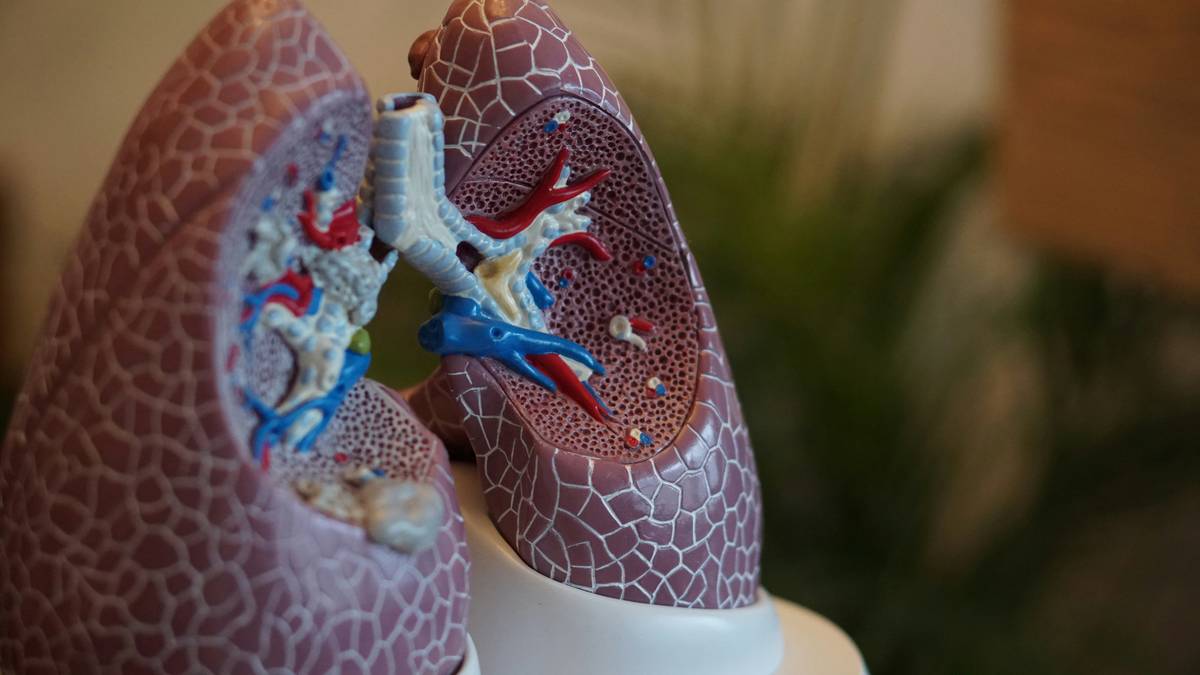“Ever struggled to catch your breath after walking up a flight of stairs? You’re not alone.”
Did you know that poor lung capacity not only affects your endurance but can also slow down your metabolism, making weight loss harder? It’s true—and the solution might be simpler than you think. In this post, we’ll dive into how targeted breathing lessons can help boost lung capacity, improve overall health, and even support weight loss efforts. Spoiler alert: We’ll cover actionable techniques, tips, and real-life success stories, along with some brutally honest advice (because life’s too short for sugarcoating).
Table of Contents
- Why Does Lung Capacity Matter?
- Step-by-Step Guide to Boosting Lung Capacity
- Best Practices for Effective Breathing
- Success Stories: Real People Who Boosted Their Lung Capacity
- FAQs About Boosting Lung Capacity
Key Takeaways
- Poor lung capacity can impact both physical fitness and weight loss progress.
- Simple breathing exercises like diaphragmatic breathing can significantly boost lung capacity.
- Incorporating mindfulness practices enhances respiratory efficiency.
- Avoid common mistakes such as overtraining or holding your breath during workouts.
Why Does Lung Capacity Matter?
Imagine running out of oxygen halfway through a workout—or worse, feeling winded just from tying your shoes. If this sounds familiar, your lung capacity may need attention. Your lungs are responsible for delivering oxygen to every cell in your body. When they aren’t operating at peak performance, everything else suffers—including your energy levels, mental clarity, and ability to burn fat efficiently.

Sidebar Rant: Ugh, remember those cheesy infomercials promising “instant abs” without mentioning anything about proper breathing? Yeah, me neither—but let’s change that narrative today!
Step-by-Step Guide to Boosting Lung Capacity
Optimist You: “These Exercises Are Easy!”
Grumpy You: “Yeah, But Only If I Don’t Fall Asleep First.”
Exercise 1: Diaphragmatic Breathing
- Find a quiet space and lie flat on your back.
- Place one hand on your chest and another below your rib cage.
- Inhale deeply through your nose, focusing on expanding your stomach rather than your chest.
- Exhale slowly through pursed lips while tightening your abdominal muscles.
- Repeat for 5–10 minutes daily.
Exercise 2: Pursed-Lip Breathing
- Inhale deeply through your nose for two counts.
- Purse your lips (like you’re blowing out birthday candles) and exhale slowly for four counts.
- Focus on keeping the exhale longer than the inhale to strengthen your respiratory muscles.
Terrible Tip Disclaimer:
Warning: Trying to do sprint intervals immediately after learning these exercises is a recipe for disaster. Start slow and build stamina over time—trust us, your lungs will thank you later.
Best Practices for Effective Breathing
Boosting lung capacity isn’t just about exercise; it’s also about adopting habits that promote long-term respiratory health. Here are five proven strategies:
1. Practice Mindful Breathing Daily
Treat yourself to 5 minutes of mindful breathing each morning. Bonus points if you pair it with meditation or gratitude journaling.
2. Maintain Good Posture
Slouching compresses your lungs and restricts airflow. Sit tall, shoulders relaxed, and engage your core to maximize breathing efficiency.
3. Stay Hydrated
Dehydration thickens mucus in your airways, making it harder to breathe. Aim for at least 8 glasses of water daily.
4. Avoid Smoking and Pollution Exposure
This one’s a no-brainer. Protect your lungs by steering clear of smoke, dust, and toxic fumes.
5. Incorporate Cardio Workouts
Activities like swimming, cycling, and hiking naturally challenge your cardiovascular system, improving lung strength over time.

Success Stories: Real People Who Boosted Their Lung Capacity
Meet Sarah, a former smoker who couldn’t run a mile without gasping for air. After committing to daily diaphragmatic breathing exercises and incorporating yoga into her routine, she completed her first 5K within six months. She credits her newfound stamina entirely to improved lung capacity.
Another inspiring example comes from Mark, a desk worker dealing with chronic fatigue. By adjusting his posture and practicing pursed-lip breathing throughout the day, he noticed increased energy levels and better focus at work.
FAQs About Boosting Lung Capacity
Q: How quickly can I expect results?
A: Improvement varies depending on consistency, but many people notice significant changes within 4–6 weeks.
Q: Can children benefit from these exercises?
A: Absolutely! Teaching kids proper breathing techniques early helps them develop stronger respiratory systems.
Q: Is there an app for tracking my progress?
A: Yes! Apps like Breathwrk and Prana Breath provide guided exercises and help monitor improvement.
Conclusion
Boosting lung capacity doesn’t have to feel overwhelming. By implementing simple yet powerful breathing lessons, you can enhance your physical health, support weight loss goals, and reclaim your energy. So grab a glass of water, sit up straight, and take a deep breath—you’ve got this!
Here’s a little haiku to leave you inspired:
Inhale pure stillness,
Exhale stress and doubt away—
Lungs hold endless power.



